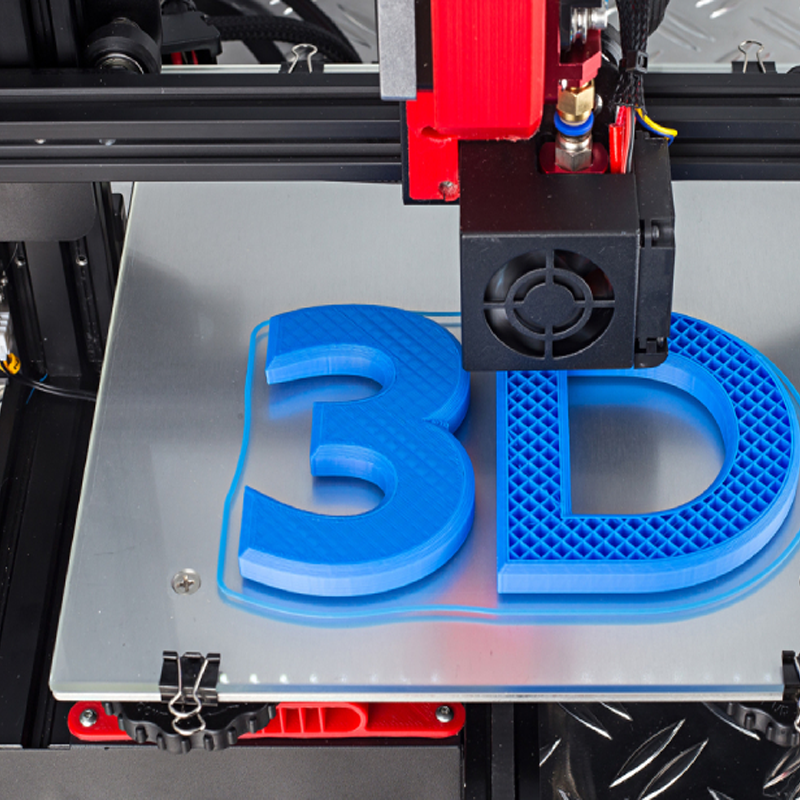Injection molding is the predominant technique for the mass production of plastic components, excelling in the rapid manufacturing of large quantities of identical parts with stringent tolerances.
Historically, 3D printing was primarily utilized for creating and validating prototypes that would subsequently undergo injection molding. However, recent advancements in printer precision, surface quality, and material options have enabled 3D printers to directly fabricate molds.
This blog explores the advantages of employing 3D printing for the production of low-volume injection molds. It also provides insights into various mold configurations, available 3D printing materials suitable for mold creation, and optimal design practices for developing effective 3D printed injection molds.
What is Injection Molding?
Injection molding is a manufacturing process in which molten material is injected under pressure into a mold cavity to create components. The material fills the hollow spaces of the mold, and upon cooling, it solidifies, taking on the shape of the mold. After the material has hardened, the mold opens, and the finished part is ejected, allowing the cycle to begin anew. This process can be highly automated, resulting in exceptionally high production rates.
While thermoplastic polymers are the most commonly used materials in injection molding, certain thermosetting plastics can also be molded.
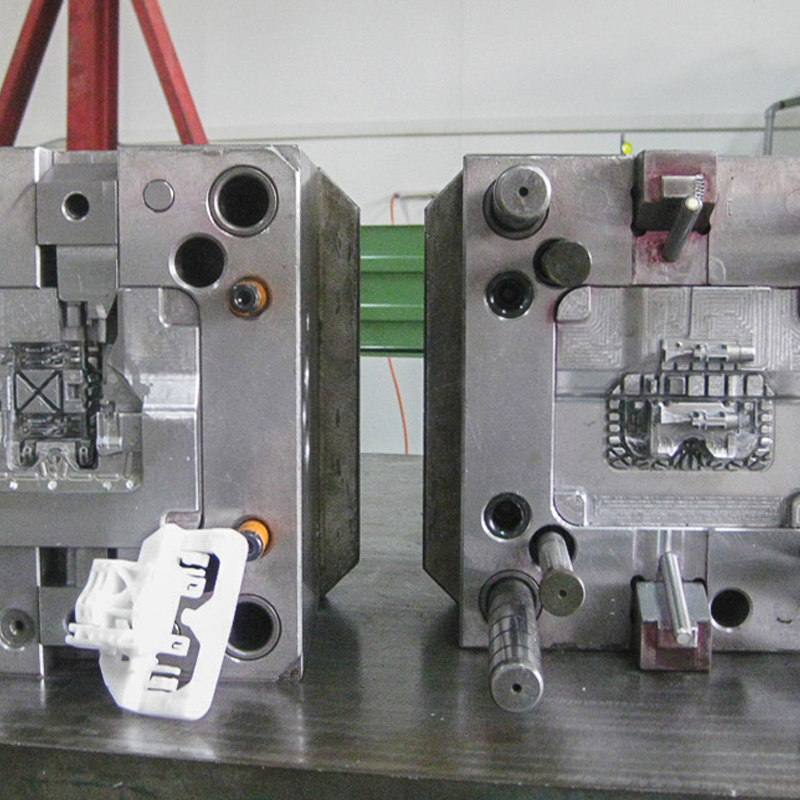
However, the substantial initial setup costs associated with injection molding make it a cost-effective solution primarily for high-volume production. These costs, which can range from $10,000 to $100,000, arise mainly from the intricate design, engineering, and manufacturing processes required for injection molding dies. As a result, injection molding is typically employed for producing large quantities of identical parts at a reduced per-unit cost, often reaching thousands or even millions of components in a single production run.
Conversely, the term “low-run injection molding” refers to production runs of approximately 10 to 100 parts. Usually, these small quantities were economically impractical due to the high costs linked with tooling manufacturing, which includes the creation of injection molding dies.
The Advantages of Using 3D Printing for Molds
When deciding on the type of mold to use for production, it’s crucial to determine whether the goal is to manufacture 20 or 20,000 components. Traditionally, molds were fabricated from metal, typically aluminum or steel, using CNC machining to achieve precise tolerances. These materials offer excellent wear resistance, enabling them to withstand the stresses of repeated injections, opening, and closing, as well as the temperature fluctuations encountered during the injection molding process. However, the initial setup costs for metal molds can be substantial.
In the context of low-run molding, wear resistance becomes less critical. Emerging 3D printing technologies, such as Material Jetting and Stereolithography (SLA), are capable of producing parts with high precision and exceptional surface finishes. When combined with modern temperature-resistant 3D printing materials, these technologies present a compelling alternative for creating molds. The design flexibility offered by 3D printing further enhances its appeal, allowing for intricate mold designs that may be challenging or impossible with traditional methods. Additionally, 3D printed molds enable rapid verification of design concepts, significantly reducing the financial risk associated with investing in costly metal molds.
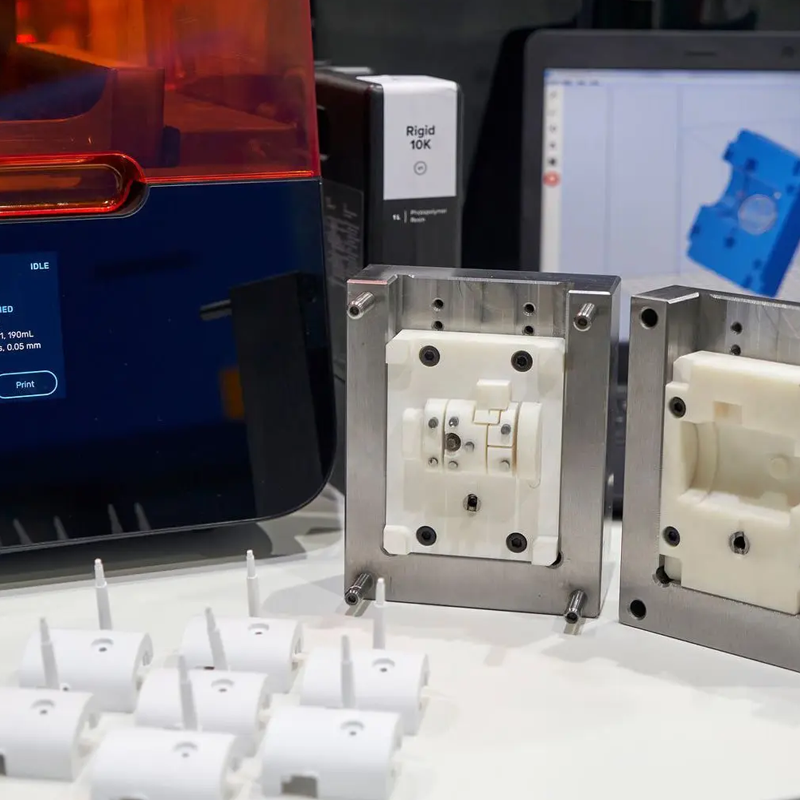
3D printed molds are particularly advantageous for the following scenarios:
– Rapid Turnaround: They can be produced in as little as 1-2 weeks, compared to the typical 5-7 week lead time for metal molds.
– Low Production Quantities: They are ideal for manufacturing small batches, typically ranging from 50 to 100 parts.
– Iterative Design Needs: They accommodate designs that may require adjustments or revisions during the development process.
– Small Components: They are best suited for parts with dimensions less than 150 mm.
Designing 3D Printed Injection Molds
Material Selection
When selecting a 3D printing material for injection mold fabrication, it is essential to ensure that it possesses the following characteristics:
- High Temperature Resistance: The material should exhibit a high heat deflection temperature to endure the mechanical and thermal stresses encountered during the injection process. It is important to note that temperatures can decrease rapidly during the solidification phase, necessitating materials that can withstand initial high temperatures.
- Stiffness and Toughness: Given that the mold undergoes repeated part ejection, the selected material must exhibit high stiffness to maintain dimensional accuracy and structural integrity over time. This toughness is critical for preventing wear and deformation of the mold.
- Precision and Detail: A primary requirement for injection molds is the ability to achieve high dimensional accuracy and a smooth surface finish. Materials that facilitate intricate designs and detailed features will lead to the production of accurate parts.
For achieving these attributes, the most suitable 3D printing technologies are Stereolithography (SLA) and Material Jetting. These methods are particularly adept at producing components with exceptional dimensional accuracy and are well-suited for intricate designs and fine details. Specialty materials available for these technologies, such as Formlabs High Temperature resin and Stratasys Digital ABS, are particularly effective for molding and tooling applications. By utilizing these advanced materials and technologies, manufacturers can create high-quality injection molds that meet stringent production requirements.
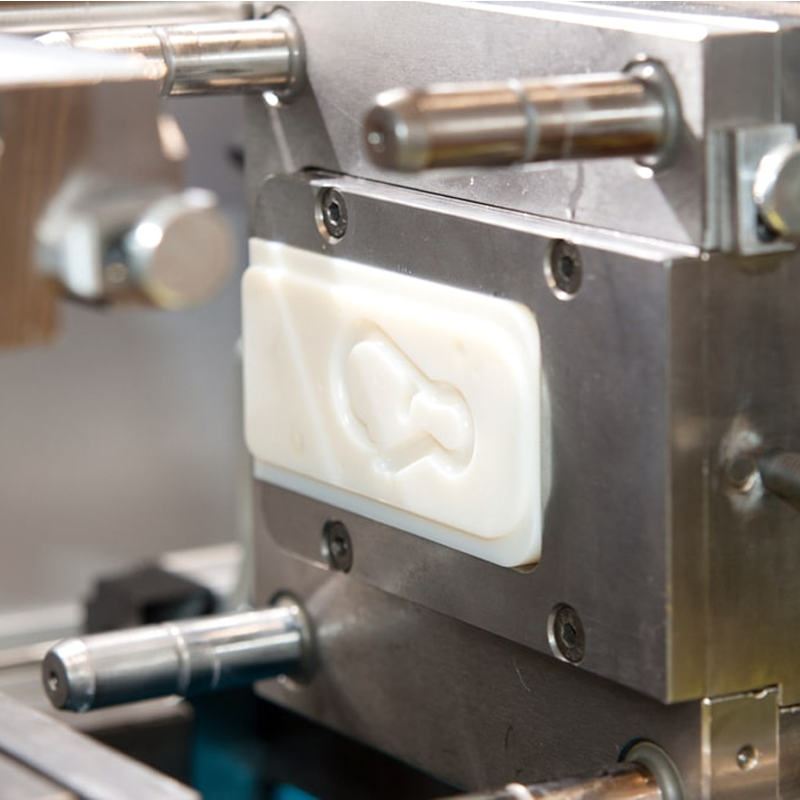
Mold Design Considerations
While this article does not delve into the intricate technical details of mold features—such as gates, runners, and air vents—there is a wealth of information available online for those interested in injection mold design. For beginners, the post by Seattle Robotics serves as an excellent introduction to the topic.
When designing a 3D printed mold, here are some best practices to keep in mind:
- SLA Printing Orientation: Ensure that the inner surfaces of the mold are oriented in a way that minimizes contact with support structures during SLA printing. This approach will enhance surface quality by preventing support marks from appearing on the inner faces, thereby reducing the need for post-processing.
- Air Vent Design: Incorporate shallow air vents, approximately 0.05 mm deep, from the cavity edge to the mold’s perimeter. These vents facilitate the expulsion of trapped air during the molding process, ensuring better fill and reducing the likelihood of defects.
- Reinforcement for Durability: If the 3D printed mold is intended for more than 20 production runs, consider integrating channels designed to accommodate metal rods or tubes. This reinforcement will help minimize warpage and enhance cooling efficiency, extending the mold’s lifespan.
- Layer Height Consideration: Utilizing a lower layer height in the 3D printing process can lead to smoother molded parts, as it reduces the visibility of print lines on the mold.
- Detail Offset: When incorporating embossed or engraved features, ensure they are offset from the surface by at least 1 mm. This consideration will help maintain the integrity of these details during the molding process and improve the overall aesthetic of the final product.
By following these guidelines, manufacturers can optimize the design of 3D printed molds for enhanced performance and quality in injection molding applications.
Designing Parts for Injection Molding
When creating components for injection molding, designers must keep several key factors in mind, similar to those for traditional injection molds:
– Incorporate Draft Angles: A minimum draft angle of 2 degrees is essential to facilitate the smooth removal of the part from the mold. This angle helps prevent the part from sticking to the mold surfaces.
– Ensure Uniform Wall Thickness: Maintaining a consistent wall thickness throughout the entire component is crucial for minimizing warping and ensuring even cooling, which ultimately leads to higher quality parts.
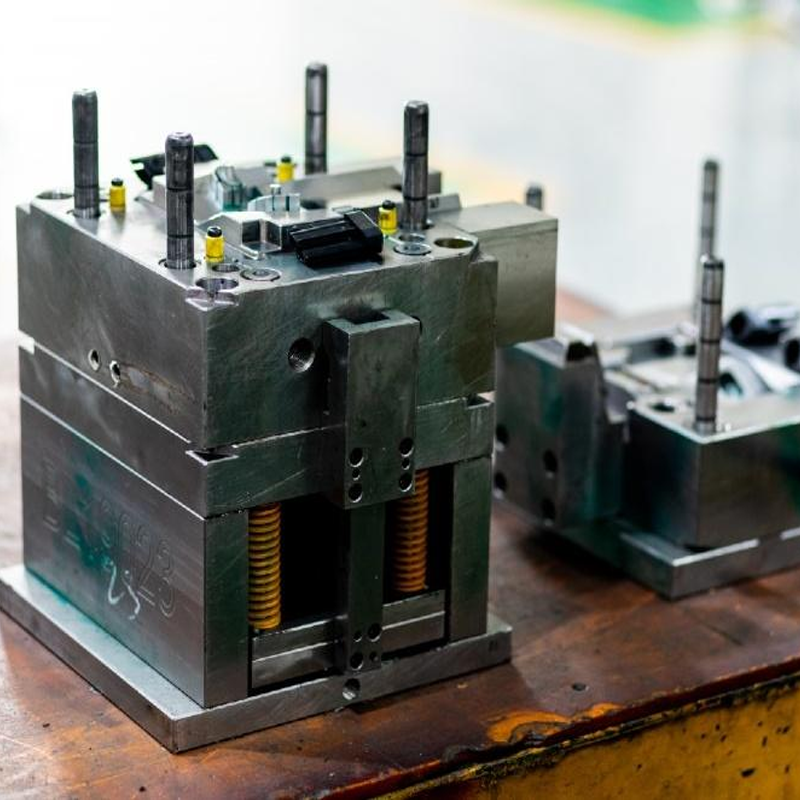
– Optimize Wall and Feature Thickness: All walls and features should be designed to be as thin as feasible without compromising structural integrity. This approach reduces material usage and weight while enhancing the overall efficiency of the mold.
– Integrate Radii on Edges and Corners: Incorporating radii on all edges and corners helps distribute stress evenly and reduces the likelihood of cracks or breaks during the injection process.
– Utilize Thin Ribs and Gussets: Instead of increasing wall thickness for added strength, consider adding thin ribs and gussets. This method enhances the part’s rigidity without adding unnecessary weight.
Minimizing Flash
Flash refers to the excess material that escapes between the two halves of the mold during the injection process. It typically occurs when the mold halves do not align correctly, are not flush, or if the mold is overfilled. To reduce the likelihood of flash, proper design of the runners is essential.
When designing molds with an aluminum frame, it’s advisable to add an extra 0.125 mm of thickness to the back of the mold plates. This additional thickness accounts for the compression forces during operation and ensures a complete seal. Increasing the clamping force in the vise and polishing the mold’s split plane to achieve a flat surface can further minimize flash occurrences.
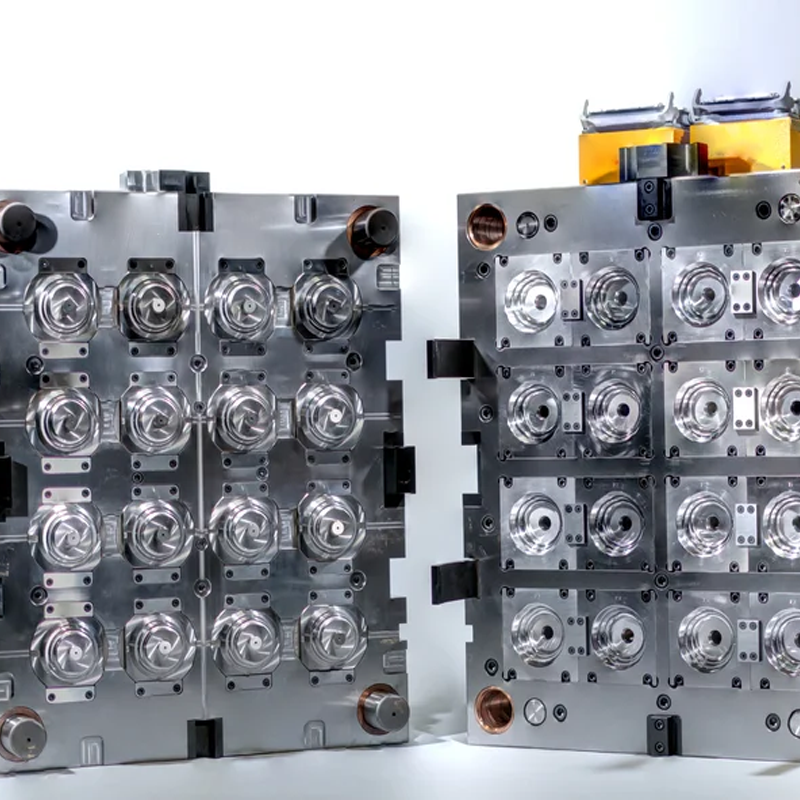
Release Compound
Given the relatively delicate nature of materials used in 3D printed injection molds compared to traditional counterparts, applying excessive force to remove parts from the mold can accelerate wear and tear. To facilitate easier part removal and prolong the life of the mold, it’s beneficial to apply a release compound to the mold cavity surfaces prior to the injection stage.
Conclusion
Designing parts for injection molding requires a thoughtful approach to ensure both functionality and manufacturability. By adhering to best practices—such as incorporating draft angles, maintaining uniform wall thickness, and minimizing flash—designers can significantly enhance the efficiency of the injection molding process.
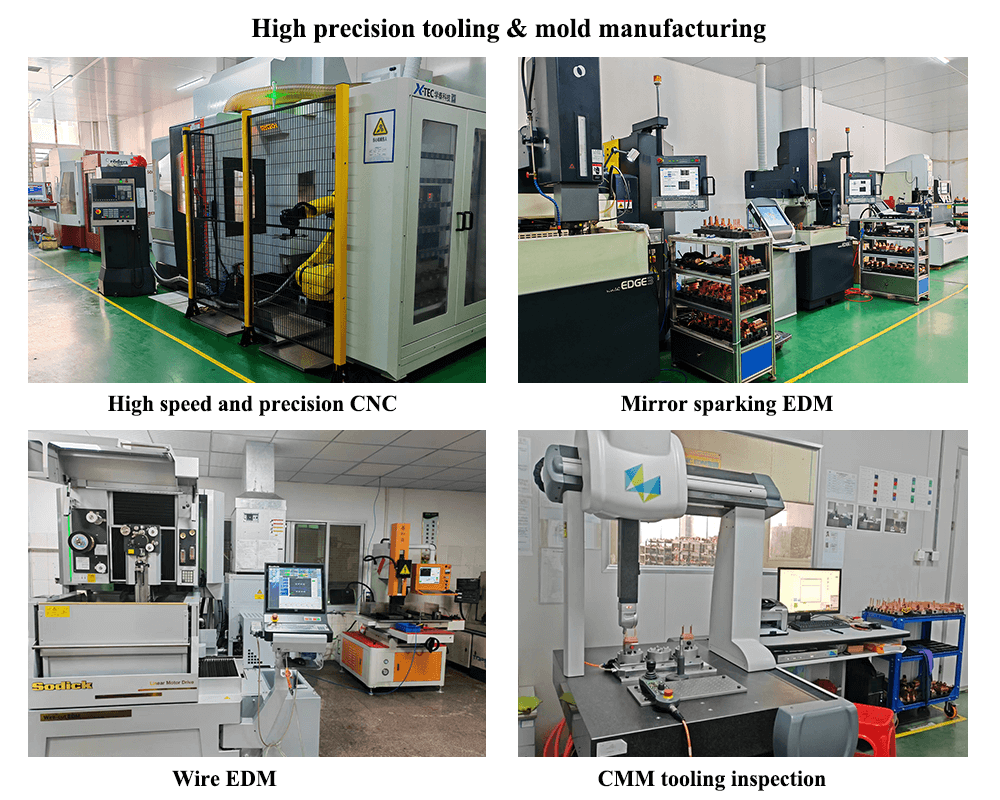
At Toolingsun, we specialize in providing high-quality low-run injection molds tailored to meet the unique demands of our clients. Our commitment to precision and durability ensures that every part produced not only meets stringent quality standards but also aligns with the latest advancements in 3D printing technology. By leveraging our expertise, customers can achieve optimal results while minimizing production risks.

